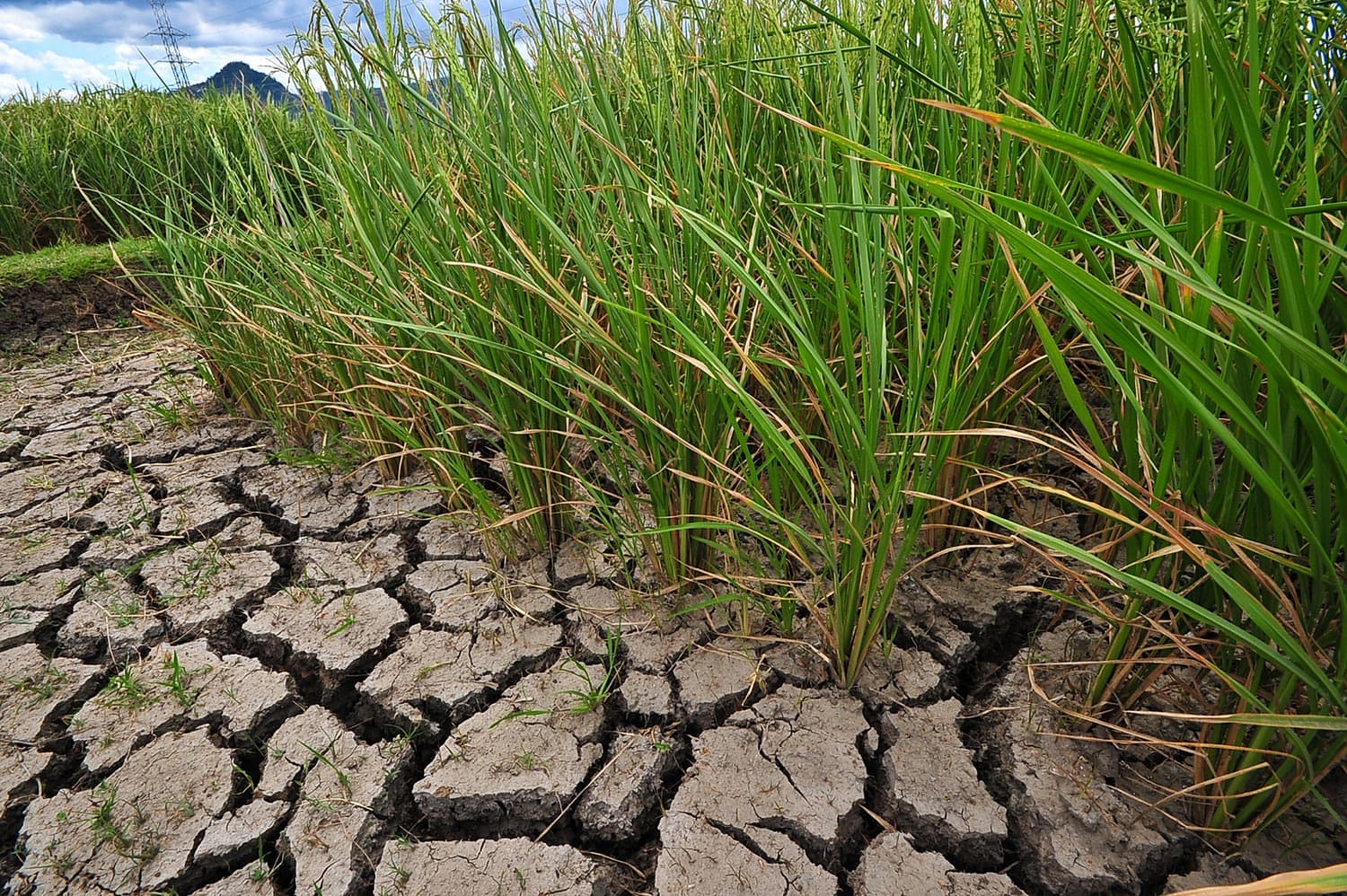After COVID-19: Where next for Climate Resilient Agricultural Development in the Global South?
- From
-
Published on
24.05.21

Nafees Meah and Sheetal Sharma
Global food production is required to increase between 50–70% by 2050 driven by population growth,, income growth, and change in diets. However, global warming is already having a profound effect on food production around the world and in the global south in particular. With warmer temperatures have come increased frequency of droughts and floods, crop production losses, and reduced availability of freshwater. Under the UN’s Sustainable Development Goals (SDGs), countries around the world have committed to a set of goals to end poverty, end hunger, protect the planet, and ensure prosperity for all by 2030. SDG13 on climate action calls for strengthened resilience and adaptive capacity to climate-related hazards and natural disasters. Agriculture, forestry and land use change accounts for nearly a quarter of the total greenhouse gas emissions. Under the Paris Agreement on climate change, many countries in the global south have included mitigation and/or adaptation actions in agriculture in their nationally determined contributions (NDCs) to the global objective of keeping the rise in global temperature to well under 2 °C.
Smallholder farmers provide around 75% of the food supply in many developing countries. The success of efforts to develop rural economies, ensure food and nutrition security, and eradicate rural poverty depend on building climate change resilience in agricultural systems managed by smallholders and the widespread adoption of innovations in farming practices – that is to say, to the delivery of the SDGs in the global south. However, although there are “islands” of climate-resilient agriculture practiced in the global south, what has been lacking to date has been change at scale. This is despite tens of billions of dollars spent by development agencies over recent decades. To understand why this is the case, it is important to appreciate…
